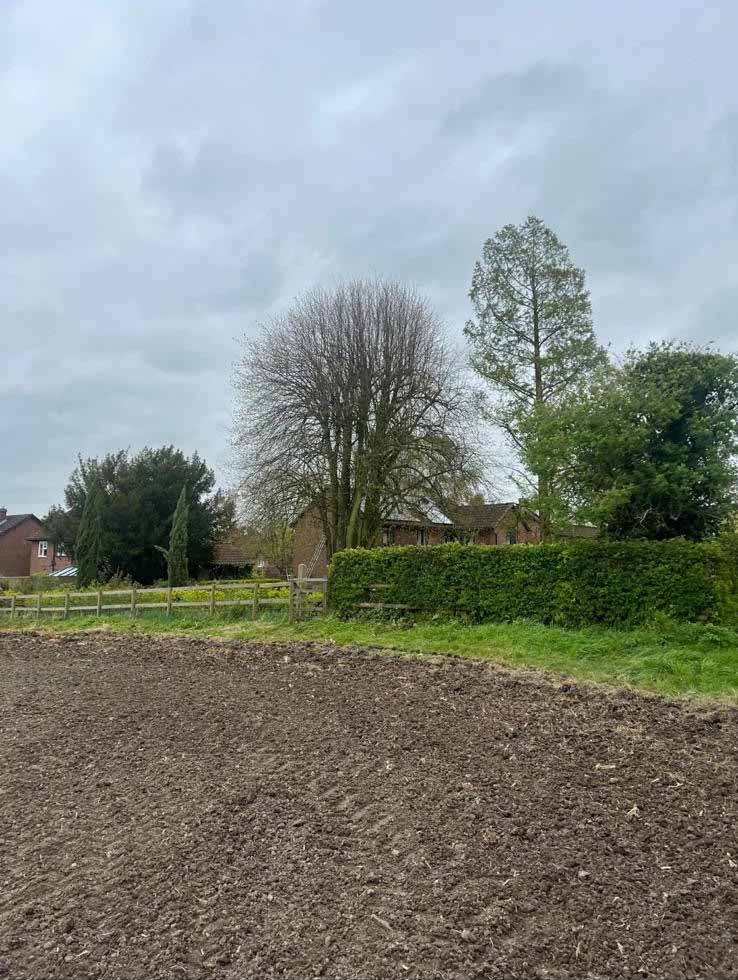Pollarding and coppicing are two traditional tree management techniques used to encourage regrowth and sustainably harvest wood. They’ve been practiced for centuries and are still relevant today for conservation, landscaping, and woodland management.
🌿 Coppicing
- Method: Trees or shrubs are cut down to ground level.
- Purpose: Promotes vigorous regrowth from the base, producing multiple stems.
- Cycle: Regrowth is harvested every 5–25 years, depending on species and use.
- Benefits:
- Creates diverse wildlife habitats.
- Provides sustainable wood for fuel, fencing, and crafts.
- Common Species: Hazel, willow, sweet chestnut.
🌲 Pollarding
- Method: Upper branches are cut back to a fixed height, usually 2–3 meters above ground.
- Purpose: Controls tree size and shape, especially in urban areas.
- Cycle: Pruned every few years to maintain a compact canopy.
- Benefits:
- Prevents trees from outgrowing their space.
- Extends tree lifespan by reducing weight and wind resistance.
- Produces renewable wood material.
- Common Species: Lime, plane, willow, ash
Contact us for a free quotation

